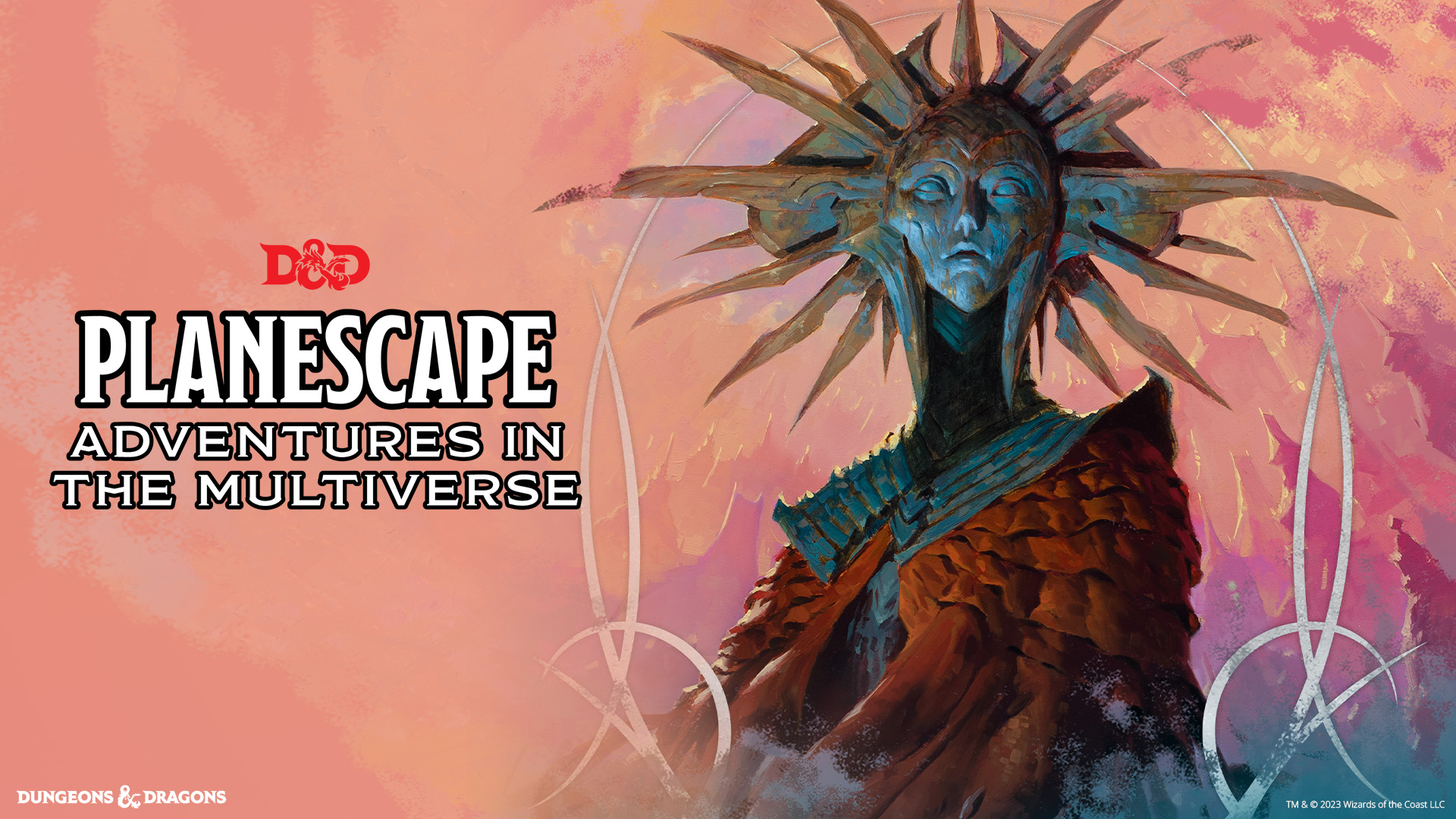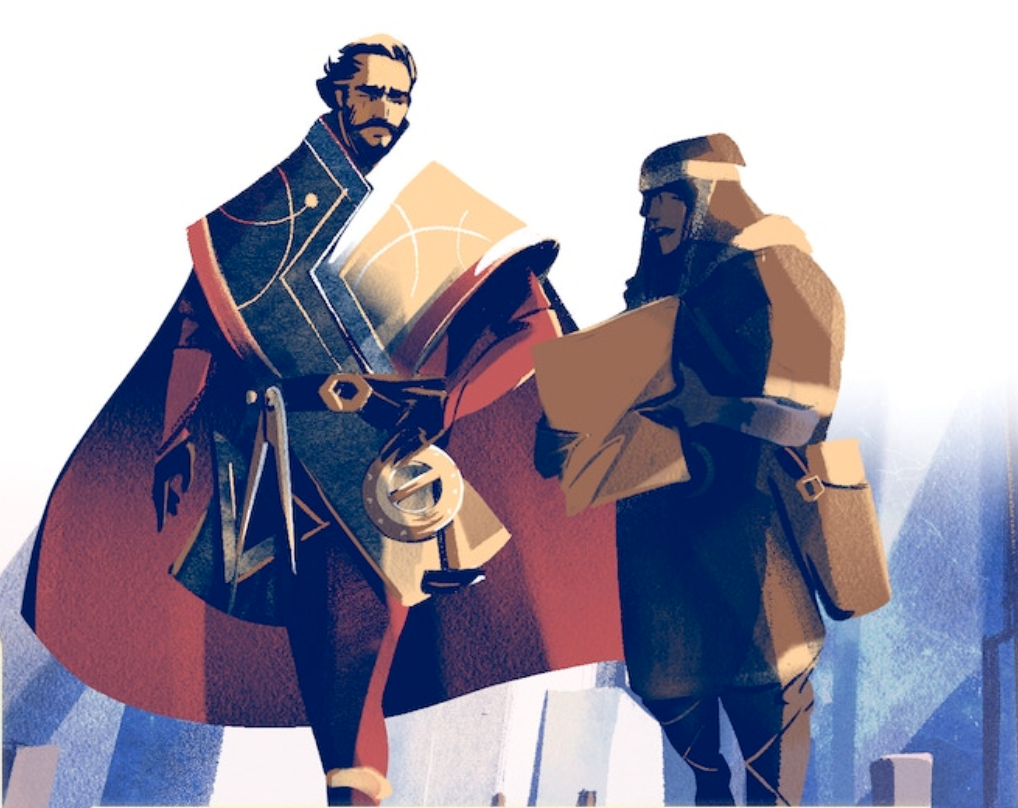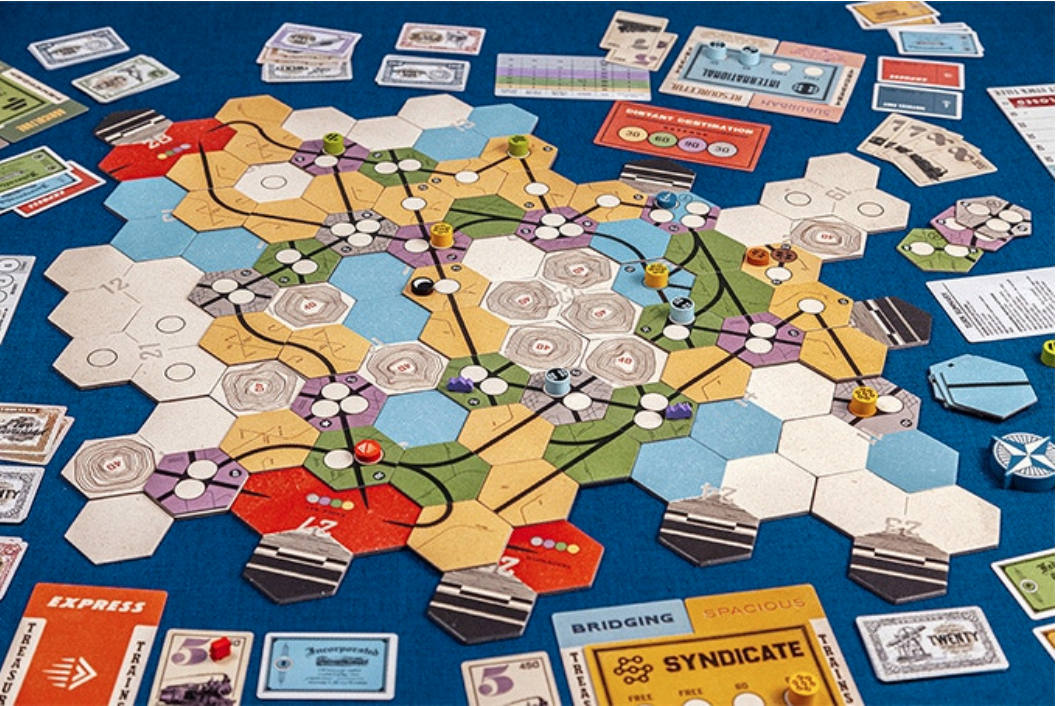Welcome to Legend Lore! Here we are going to explore the history of some of your favourite monsters that are in numerous board games of all kinds. Whether it be an RPG, a campaign game, or a one off card game, the folklore behind these creatures can be very helpful when adding flavour to your own games!
Today, we will be covering three classic creatures that are everywhere in fantasy worlds – the coven hags, the feral werewolves, and the ancient dragons.
But, are they as simple as the games let them on to be? Let’s find out.
Hags
Hags are known under many names – witches, covenesses, weird sisters. These old women of the woods tap into the old arcane ways, crafting runes and elixirs from cauldrons.
The old stories tell tales about cruel and trickster women who are able to disguise themselves as animals and other people to torture others. The natural world around them seems to sense their dangers – animals avoid them, fires burn green and blue around them, and water begins flowing in the wrong direction. These omens are warning signs that a witch may be hiding somewhere nearby.
Different witches have different stories. The Baba Yaga is the biggest bad, kidnapping and eating children in the night. But there are also some famous witches that were known in mythology as goddesses and gods. Freyja, in Norse Myth, was one of the first ever witches to grace the planes, able to concoct elixirs and magics of all kinds.
However, no matter good or bad, witches and hags all have one thing in common – they love their tricks. Whether it be their relationship to fey or just leaning into the mysterious aspect of their nature, hags always have a trick up their sleeve.
Werewolves
Werewolves have an interesting history throughout history. More recently, we know werewolves as moody, ripped teenagers who get too involved with the vampire community. However, this was not always the case.
The old tale of werewolves is the tale of King Lycaon of Arcadia. Lycaon fell in love with a child of Zeux, and tried to impress Zeus with a large feast. However, Zeus was never satisfied – Zeus did not think Lycaon was a good match for his daughter because of Lycaon’s temper. In frustration, Lycaon tried to trick Zeus into eating human flesh, which angered the God. Zeus turned Lycaon into a wolf for his behaviour. Lycaon only transformed into a beast when his anger overtook him.
This old tale from Ovid is not the only rendition however. Bishop Patrick of Ireland tells how some Irishmen were able to turn themselves into wolves, leaving their human bodies behind. Their bodies had to be tended to, some they would leave them with their wives while the wolves went out to eat.
The Bishop looks at this tale with regard and awe, not as much harsh judgement as the tale of Lycaon. As they say – to each their own.
Dragons
Dragons have seen multiple iterations across multiple different many different cultures. European dragons looks much more bestial than that of dragons from Asian cultures. Their personalities are also very different depending on locations. Western European dragons are historically known as covetous beasts, hoarding huge amounts of wealth. This comparison was easily drawn from the Biblical serpent, the one and only Satan, who tempted In Eastern Europe, some dragons were known to have wisdom, similar to dragons in Asian cultures.
However, this is not to say that all renditions of dragons are ancient beasts. In the tale of Sigurd, a hero of Germanic legend, Sigurd’s brother Fafnir turned into a dragon due to his greed. Fafnir murdered the king, Fafnir and Sigurd’s father, in order to obtain the family hoard. Over time, Fafnir began to change, before Sigurd found his brother transformed into a large serpent.
I guess family reunions are awkward for everybody sometimes, huh?
Get all your board game news from The Bag of Loot! www.thebagofloot.com
Get all your board game needs from Three Kings Loot! www.threekingsloot.com




